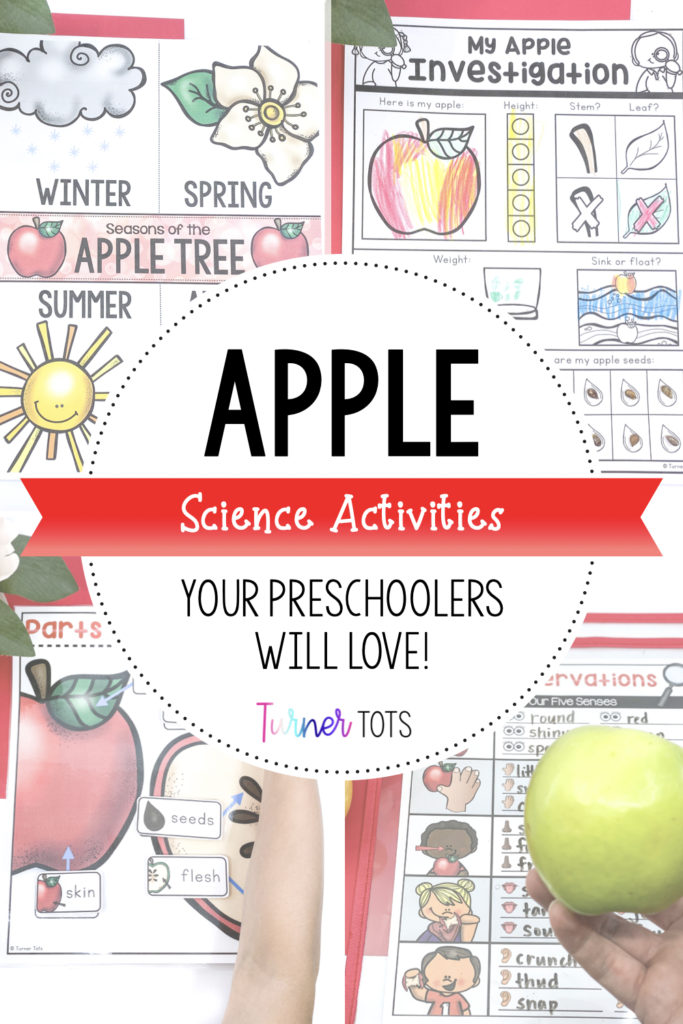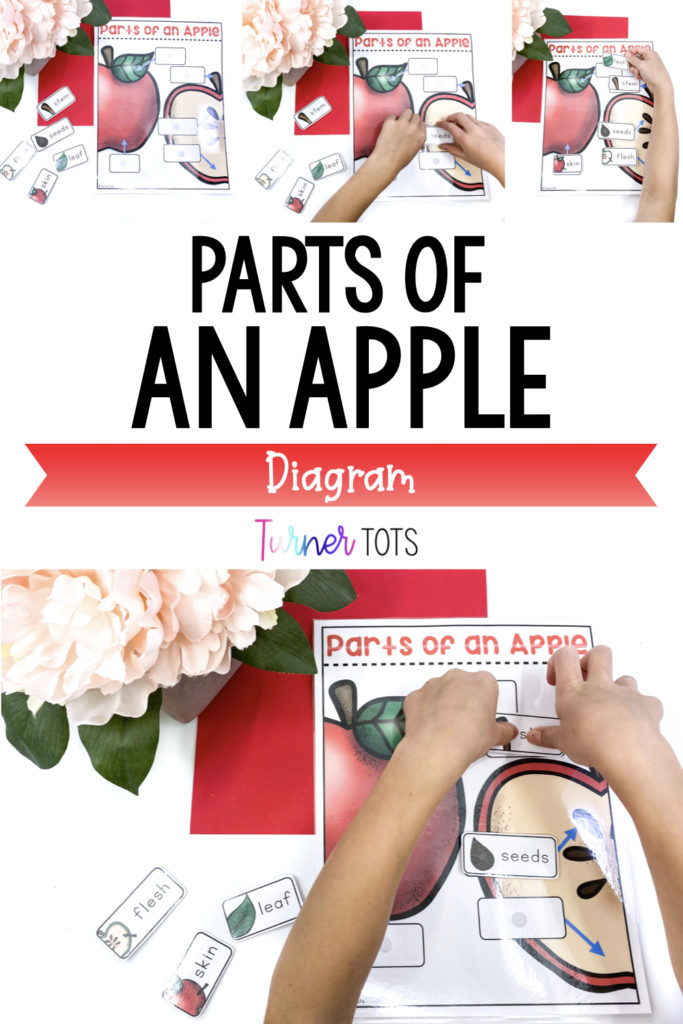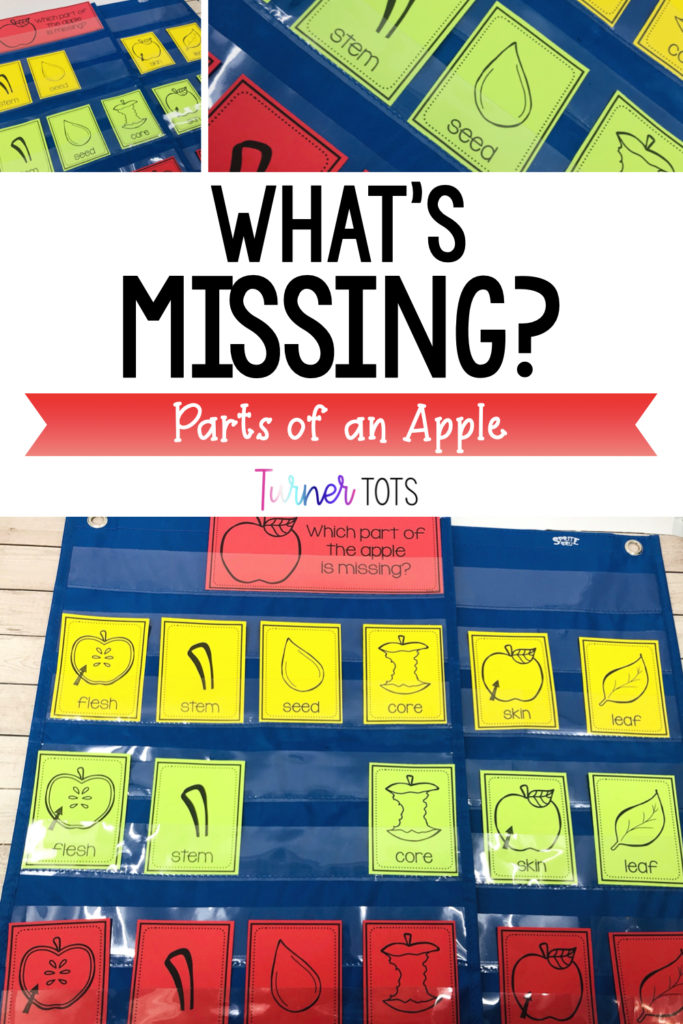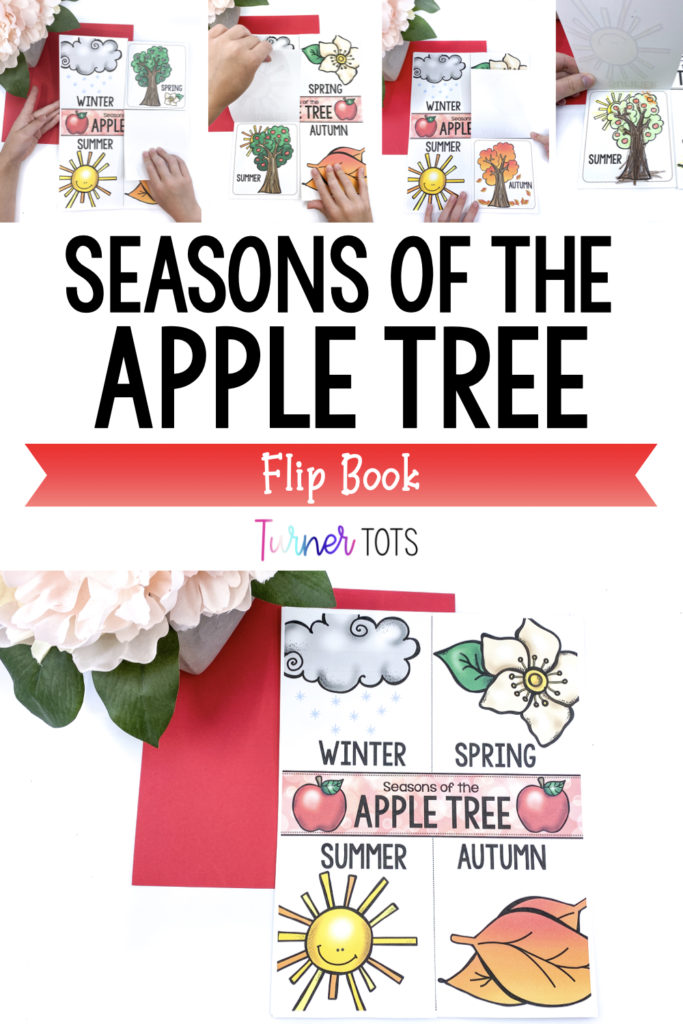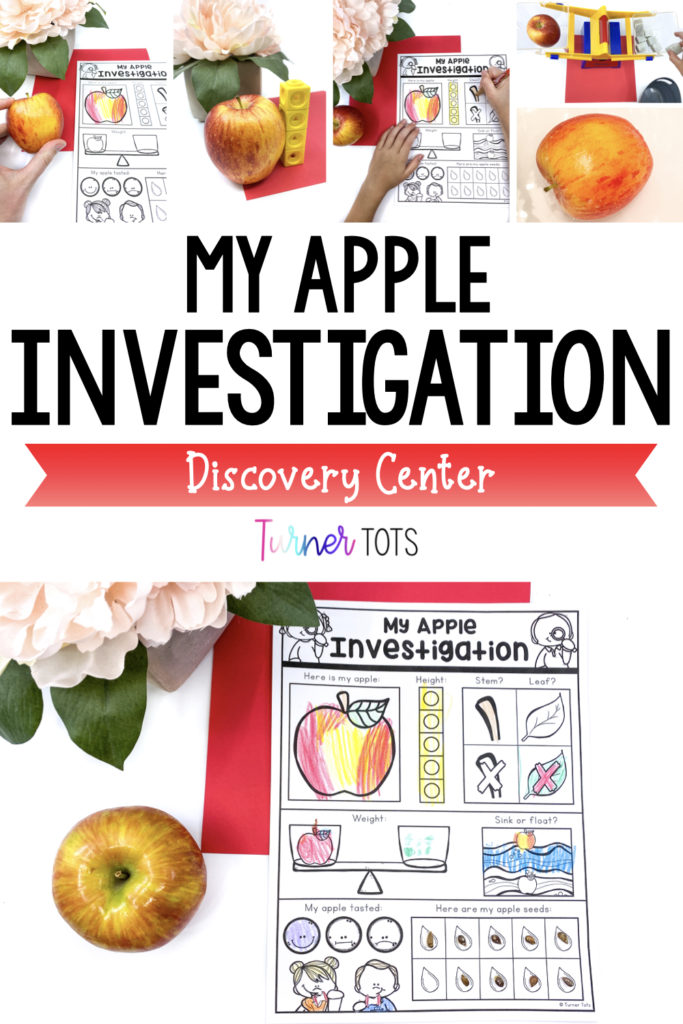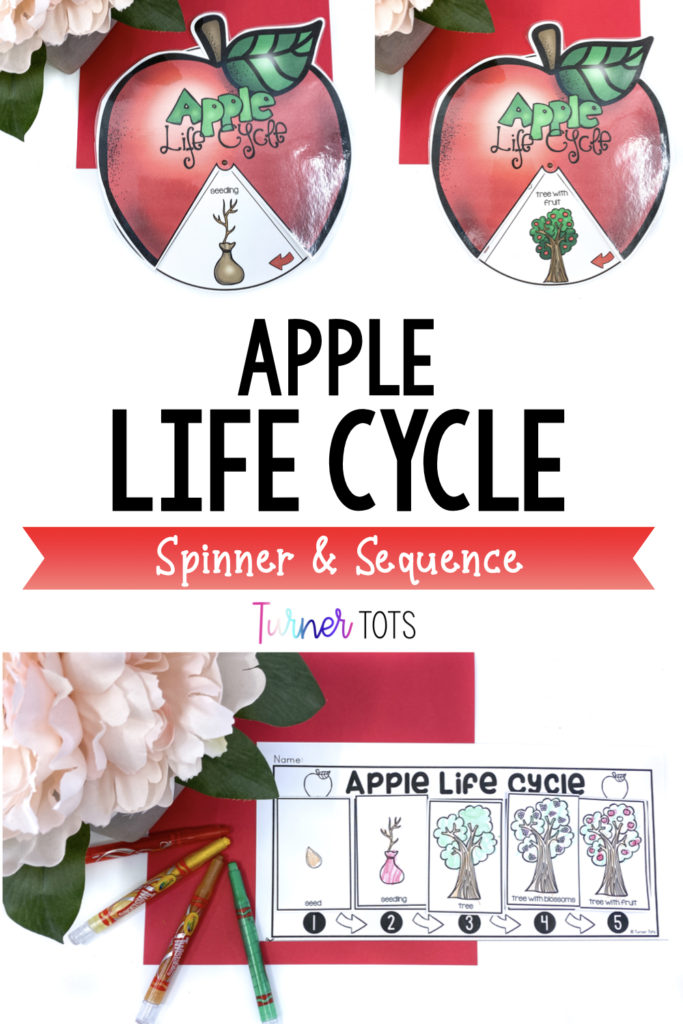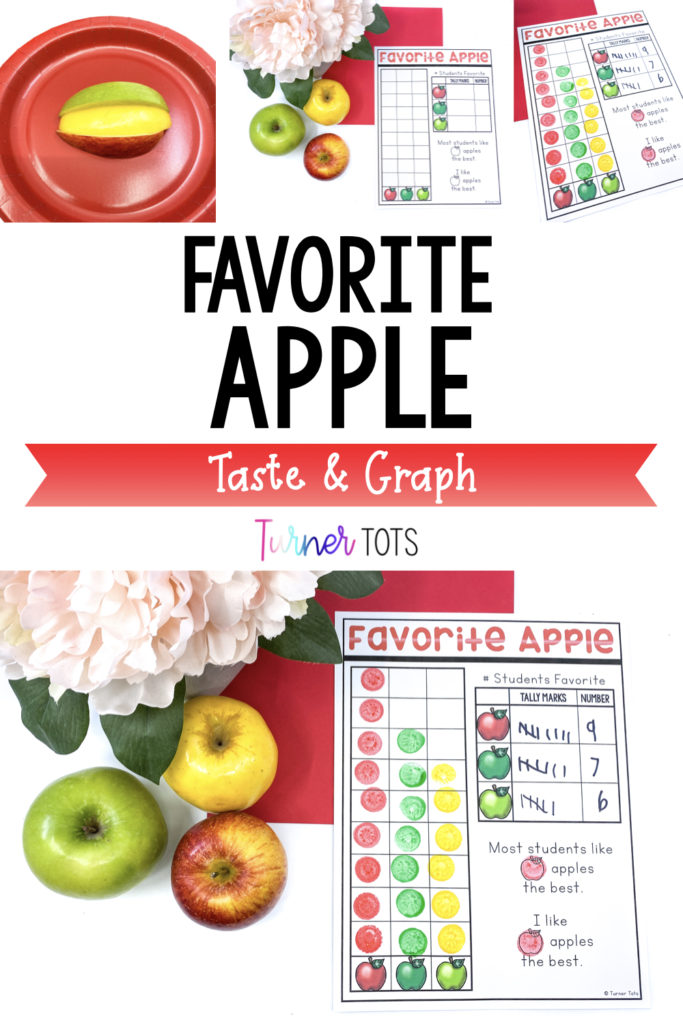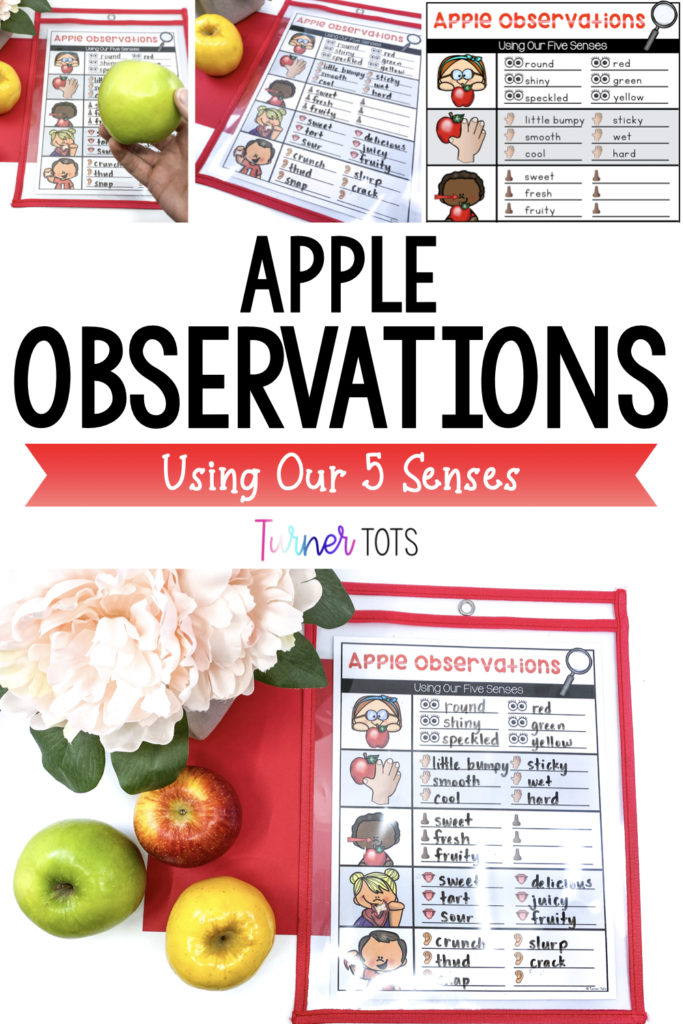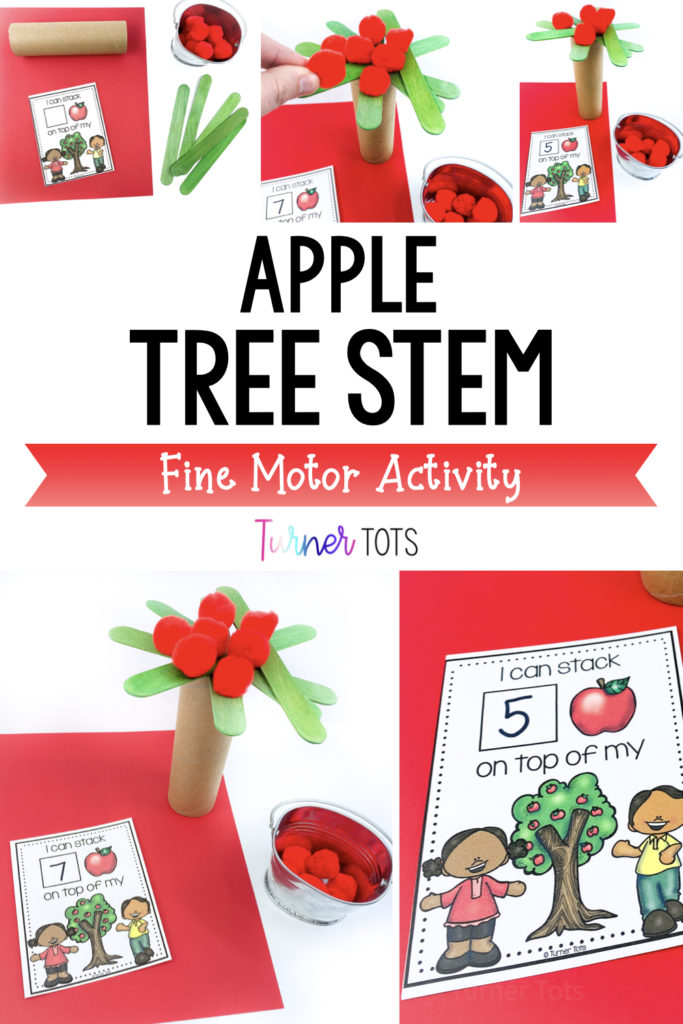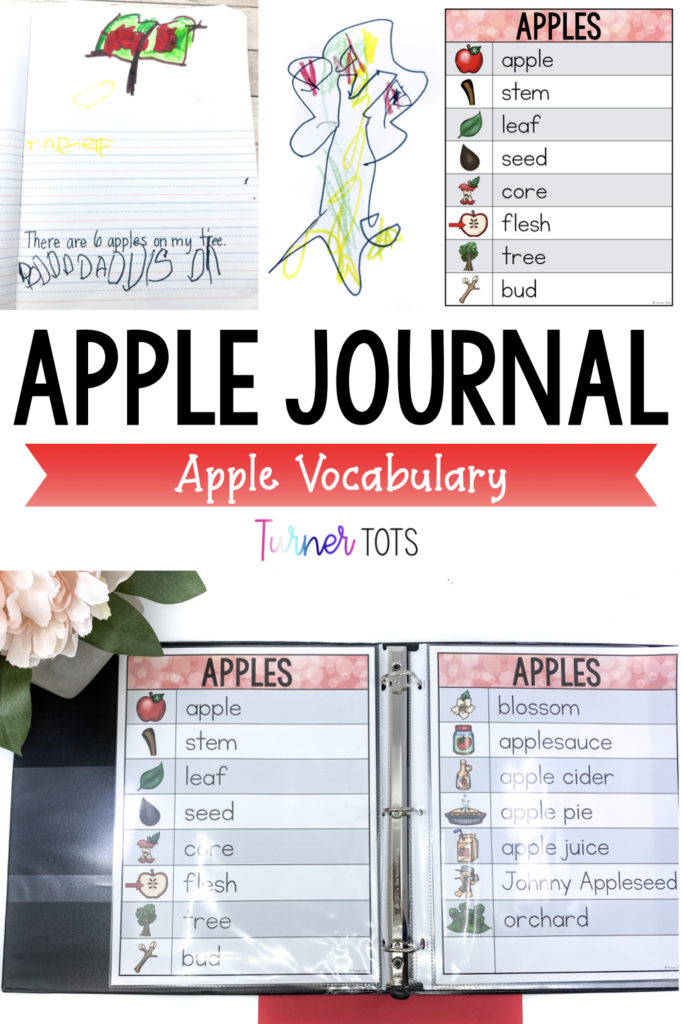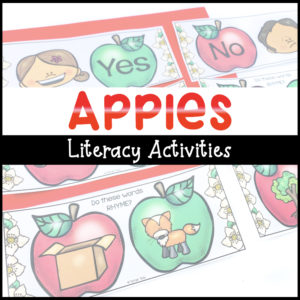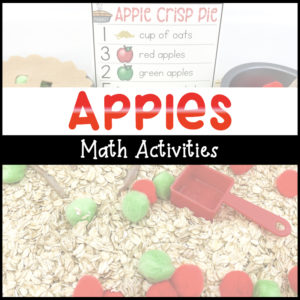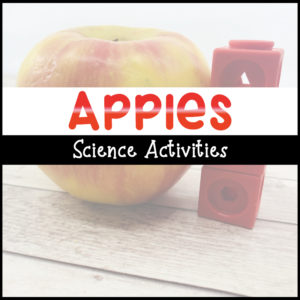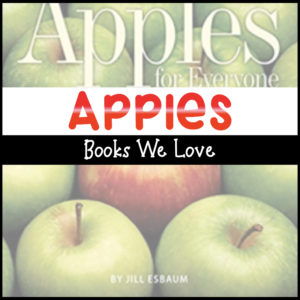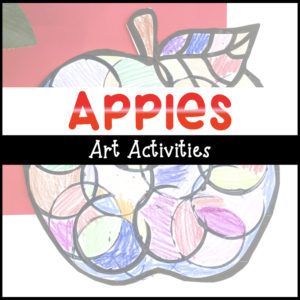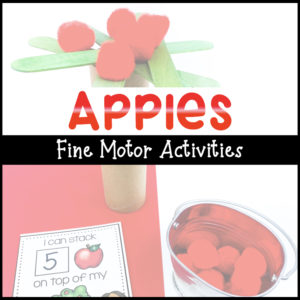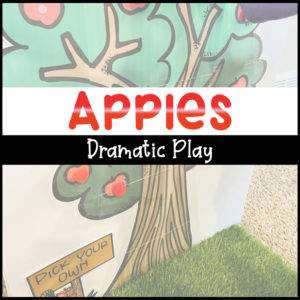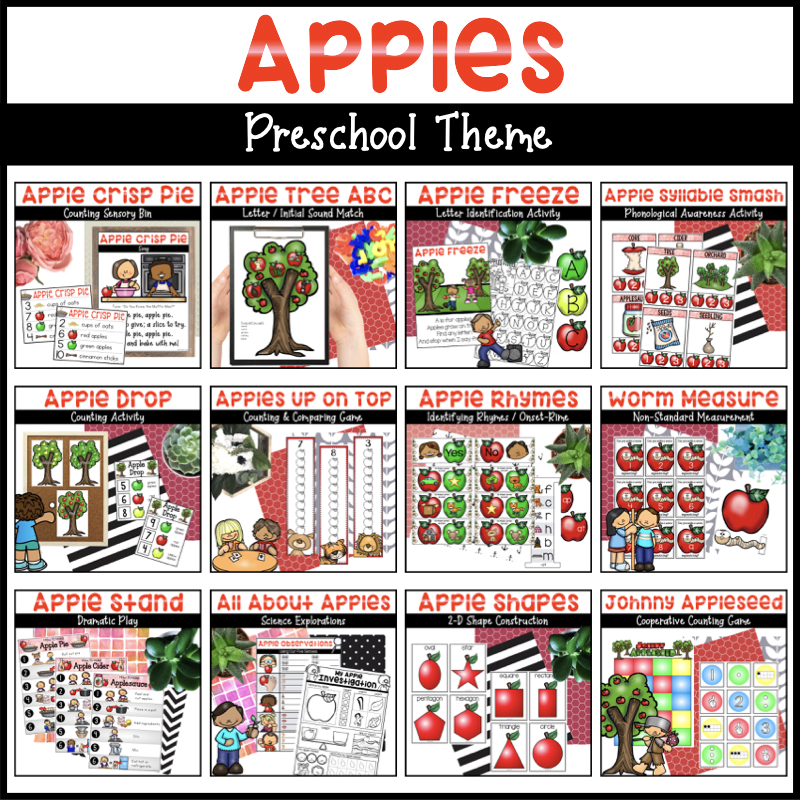I remember the first teacher that really captured my attention. It actually wasn’t until I was in college and my professor had us sort alien cards according to various attributes that I realized there is a different way to teach and learn, and it is fascinating. This was also the first time that I realized knowledge is a craving. With the right fuel – the right learning experience – we can all have fun learning and will crave more. That is one of the reasons I am all about ways to build engagement with our preschoolers. With unique activities and inquiries, children will experience such excitement in learning and continue to crave more! These apple science activities are packed full of inquiry, discovery, and incorporate hands-on ways of learning. Check out each part of All About Apples and you will be apple-solutely ready to teach your preschoolers science!
This post contains Amazon affiliate links, which means I earn a small commission from qualifying purchases at no extra cost to you by linking to Amazon.com. See the full disclosure here.
Apple Lesson plans
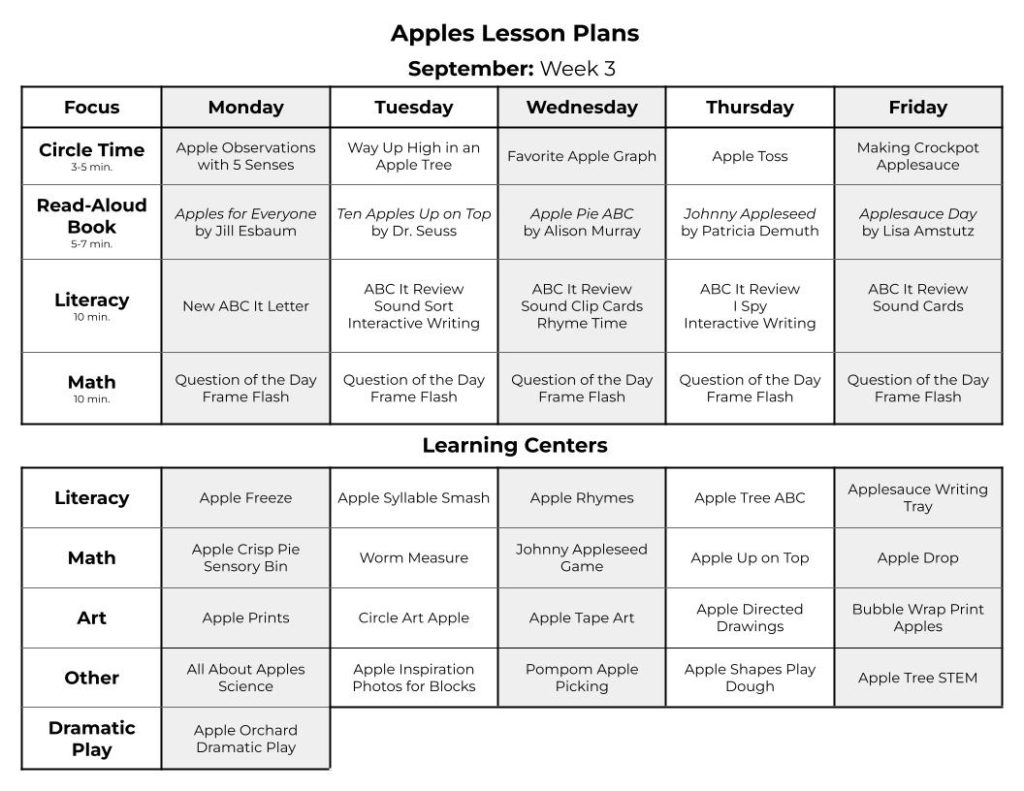
Parts of an Apple
Labeling a Diagram
New discovery for my tots: When you slice an apple in half, the seeds are splayed out in a star. I felt like a magician when I showed them because of the amazed looks on their faces. Incredible!
As I cut the apple apart, we talked about the various parts. Starting with the skin, I said, “This is the skin. Hmm. We have skin on our bodies, too. What do you suppose the skin does?” It protects the precious fruit and our precious bodies, of course!
Then, I showed them the stem and asked, “What does the stem look like to you?” Instantly, the answer was, “Stick!” And so I asked, “Why is it a stick?” It was a little more difficult for my little ones to figure out that it’s because it grew on a tree, but it’s okay. Asking questions like this is a great way to engage children in inquiry and can lead to critical thinking about other things, too! That’s our goal – to make them critical thinkers. Boom!
After teaching them the parts of an apple, we sorted the cards on the chart using Velcro dots to hold them in place. Because the labels include pictures, the students were able to label the apple independently at the science center.
Materials:
Parts of an Apple
Vocabulary Game
Favorite guilty pleasure: solving logic puzzles. Man, when I was in college, I started out as a math major. I secretly wished I could sit in a cubicle all day solving exciting math problems like logic puzzles. Unfortunately, reality set in (AKA my mother) and I discovered there was no such job. It’s really okay. I became a teacher!
This next activity involves logic – at a toddler’s level, of course. I printed out the parts of an apple on three different colors of paper. Then, I set up all of the parts of the same color in a row, with matching parts below. Next, I had the kiddos close their eyes, which is, oh, so hard for a toddler to do without peeking. I secretly removed one card and had them open their eyes. Finally, they had to determine which card was missing. For example, the green seed is missing from the picture on the bottom.
Once they got the hang of that, I took out several cards and had each kiddo come up one at a time to place a card back in the chart where it belonged. Such a neat way to learn vocabulary for this science exploration!
Materials:
Seasons of the Apple Tree
Flip Book
I love when museums incorporate different items to lift or pull or buttons to push. Even as an adult, I want to do all the things. That is why I made this flipbook to help show students the seasons of the apple tree. On the front are pictures representing each season. When you lift a flap, it shows the apple tree during that season. I used the one I printed in color as an example and laminated it. Then, I left black and white copies out for my kiddos to color when they explored this area of the science center.
Materials:
Apple Investigation
Apple Science Activities
It’s something we see almost every day. Now, it’s time to take a closer look at such a familiar fruit: the apple. This is such a great activity for the science center.
To do this, I first modeled the steps using my own apple. We looked really closely at the colors on my apple and noticed it was yellow with some red striping. Then, we colored it on the sheet. Next, we measured the height using snap cubes and colored the blocks on the recording sheet. We looked for a stem and a leaf, weighed it using heavy blocks (so the number would be less than 10), and placed it in a tub of water to see if it would sink or float. I washed the apple, cut slices off (to use as a taste test and graph later), and then cut the core in half so the kiddos could pick out the seeds and glue them on their recording sheet.
There are so many wonderful discoveries with just this activity alone. Love, love, love!
Materials:
- All About Apples
- apples
- snap cubes
- balance scale
- heavy blocks or rocks
- tub full of water
- knife (for adult to cut open apple)
Life Cycle of an Apple
Sequencing Events
While life cycles seem fairly obvious to adults, I am always surprised that our little tots need us to show and explain how things grow and change. I used the Apple Life Cycle spinner to show the life cycle of an apple. I also showed my kiddos this timelapse of an apple from flower to fruit if you want to check it out!
After viewing the video, each child was given the life cycle poster seen at the bottom. They had to cut the cards off of the bottom (yay, scissor skills) and glue the pictures in order from start to finish. Great way to get them to apply what they have learned!
Materials:
- All About Apples
- lamination
- brad
- scissors
- crayons
Favorite Apple
Class Graph
Who doesn’t love when the teacher brings in food to eat? Instantly, I would be hooked to whatever lesson we were learning just because there was food involved. It’s so crazy that it is truly that simple to add engagement to your teaching.
For this next one, we tried three different colors of apples. I gave each kiddo a slice to try in a bowl, and then we tried them together. First, we bit into the red apple, describing the texture and taste. Is it sweet? Tangy? Sour? Soft? Hard? We repeated the process to taste the other apples. And then, it was time to vote!
First, I let each child come up and use a dot marker to add a dot to the graph. We talked about starting at the bottom and adding one dot per box. Then, we counted the totals for each apple color, and I modeled how to write the tally marks for each. Finally, we wrote the numeral and talked about which one had the most, the least, and any equal numbers.
This is such a great way to incorporate graphing and tally marks into your apple science investigations. Simple, yet engaging and effective.
Materials:
- All About Apples
- red, green, and yellow apples
- knife
- cutting board
- plates
- dot markers
Apple Observations
Using Our Five Senses
I have been working on mindful eating. I know what you are thinking: Teachers and parents don’t have time for mindful eating! Seriously! After my first baby, I vividly remember pumping in the phone closet and trying to scarf down my lunch in 20 minutes. My mind was definitely NOT on my food. I was thinking of the copies I hadn’t made or what everyone else was socializing about in the actual teacher’s lounge. Oh, the things we do for our kids.
Anyway, I have been trying to engage my five senses while eating to become more mindful of how I fuel my body and the pure enjoyment of nutritious food. That is why I especially love this next activity. Engaging the senses while eating is a life skill! I mean that!
I used one apple for the entire group of kiddos since we had already used so many apples for our apple taste test (see above). We first observed the outside of the apple, noticing the color and shape of the fruit. Then, we passed the apple around to gently feel the texture. I sliced the apple up into bite-size pieces, so everyone could touch the flesh of the apple, adding to our descriptions. Next, we smelled the fruity apple. Finally, we were able to bite into the sweet fruit and hear the crunches and slurps as we slowly enjoyed our small piece of apple.
Tip: Use the adjectives provided to help guide your class discussion. I literally forget everything I don’t write down, so if you’re anything like me, this will definitely help!
Materials:
- All About Apples
- 1 apple
- knife
- cutting board
Apple Tree STEM
STEM Challenge
If you are a preschool teacher, then you know the book Ten Apples Up on Top by Dr. Seuss. In the story, a lion, a dog, and a tiger compete against one another to see who can stack the most apples up on top of their heads. That same premise leads us to our STEM challenge of the week! See how many apples you can stack on top of your apple tree using a cardboard tube, green popsicle sticks, and red pompoms as apples.
We did this activity and tried to beat our own personal record, though, instead of trying to win against each other like the animals in the book. Each time, the tots would start from scratch, balancing the popsicle stick branches on top of the tube. Then, the kiddos would slowly place red pompoms on top, counting as they went. When the apple tree could hold no more, the children would write down how many apples they stacked on the cards.
Tip: Laminate the cards and use dry erase markers to save on printing. This apple-stacking activity always comes out on top!
Materials:
- All About Apples
- cardboard tubes
- green popsicle sticks
- red pompoms
Apple Vocabulary
Writing Center
As a former third and fifth-grade teacher, I know how important it is to encourage writing and drawing from the beginning. It is especially important to just start developing ideas. So, for our little ones, I sometimes ask a question to get them thinking of journal ideas. Other times, I encourage them to look at our vocabulary binder to get their creative juices flowing! I have to say, excitement is key! If you can get excited about their ideas, they will love to draw and write about them.
Another way to encourage writing is to allow students to share their work. Don’t just close up the journal never to be seen again. Create an author chair for your little writers and the things they create will amaze you. They are, after all, trying to impress their peers and you!
What do I expect at this age? At first, we work on just our pictures and adding details to our drawings, Then, we work on adding initial sounds. If your little ones are ready to roll, they may be able to start copying some words from the vocabulary binder into their journals. Finally, after a lot of modeling, they will be able to write their ideas in a sentence (sort of). Take baby steps and find any way you can to encourage your little authors to draw and write!
Materials:
- All About Apples
- binder
- page protectors
- journals
- writing tools


